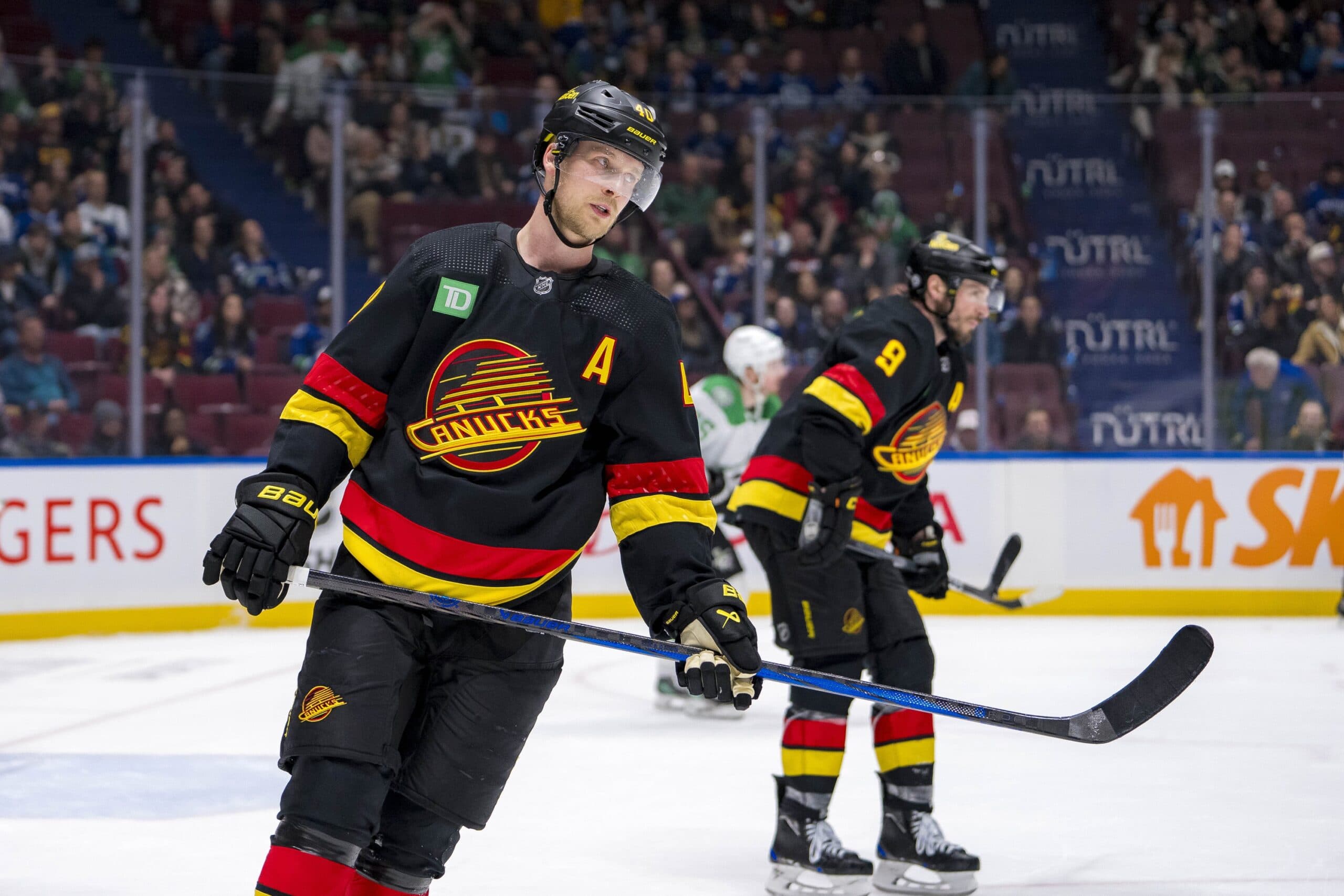A demonstrable lack of finish is at the root of the Canucks’ recent power play woes
Photo credit: © Bob Frid-USA TODAY Sports
6 months ago
Keep scrolling for the next article
Breaking News
- The Stanchies: Canucks refuse to let Connor Bedard move his car in 6-3 victory
- Instant Reaction: Kevin Lankinen shines again as Canucks beat Blackhawks 6-3
- Which other Canucks will hit 1,000 games played?: Canucks Conversation
- Through improved defensive play, Canucks’ Erik Brännström is earning an extended NHL stay
- NHL odds, betting preview (Oct. 22): Canucks vs. Blackhawks predictions
